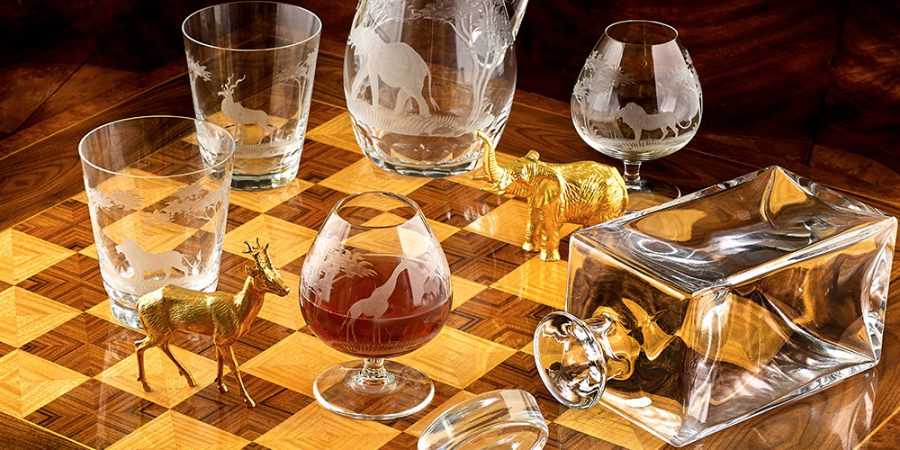Evidence of engraving has been documented as far back as 60,000 years ago in South Africa on ostrich shell remains. Other mediums came into practice over time since such as stone, jewelry, glass, and crystal. Glass-engraving is said to have come into practice towards the end of the 16th-century in Europe and Egypt during the 18th Dynasty. Some argue the two’s interconnection, but the art of stone-engraving is thought to have been taught first in European practice.

Engraving scenes onto glass became quite popular in the 1st century. They often were cut free-hand or by lathe and depicted mythology, religious stories, hunting, and whimsical scenes. In the middle ages, metalwork and gold objects rose in popularity in Europe. This led to the progression of the art of copperplate engraving. These engravings were reproduced afterward on paper and even became known as “old master prints” in Germany during the 1430s. The practice later was utilized for more commercial uses such as book illustrations and newspapers before the invention of photography in the 20th century.

Today, engraving is still used in a variety of ways and on a myriad of different mediums. Master engravers can create designs with such minute details that can never be replicated or copied. Copper-wheeling is one of the most challenging forms to master and is said to take up to ten years to master.
All Queen Lace Crystal pieces are created by this practice and seen in their two series being the African and American assortments.

Varga also uses a combination of copper and diamond-wheel engraving to produce their beautiful designs.

In 2020, a designer at Moser, Tomáš Lesser, received the knighthood of the Order of Arts and Letter in France for his masterful work.

Engraving has been in practice for centuries and only continues to be refined and utilized to produce stunning works of art.
